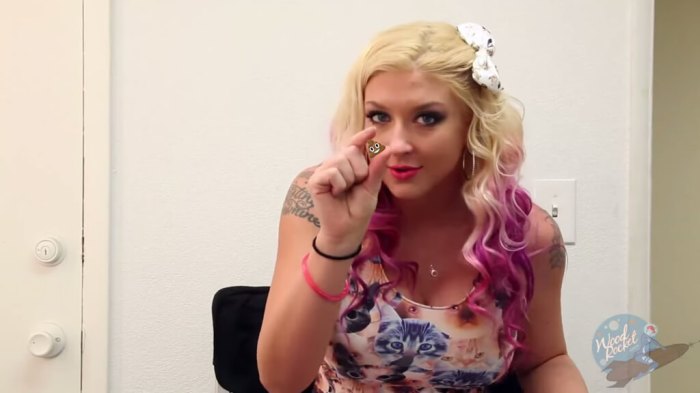Flat tires could be a thing of the past thanks to a new type of rubber developed by German scientists that ‘self-heals’ after getting a puncture. Traditionally, tires are manufactured using a strengthening process called vulcanisation, which involves adding sulfur that make cross-links in the rubber to make it durable. However, once the rubber is pierced and the cross-links severed, the product cannot be repaired. Now, the team at the Leibniz Institute for Polymer Research in Dresden developed a strengthening method without vulcanisation, using a carbon-nitrogen compound instead that self-repairs over time. “It may revolutionize the common understanding of rubber technology,” Amit Das, senior scientist at the Leibniz Institute, told Metro. Q: How does the self-healing system work? Q: In what ways is your discovery important? Q: When to expect real-life usage? Q: Hasn’t this news sent shockwaves in the motor industry?
– It works on the principle of ionic segments of macromolecular strands that self-assemble to repair the defects that might be developed within the material – it’s about chemical bonds in the rubber ions that ultimately led to a structure formation within the rubber chains. The ionic modification of the rubber is very simple and shows unusual self-healing properties. Our research showed that a cut in the material healed at room temperature, a property that could allow a tire to mend itself while parked. And after 8 days, the rubber could withstand a stress of 754 pounds per square inch. Heating it to 212 degrees Fahrenheit for the first 10 minutes accelerated the repair process.
– The scientific approach may even pave the route to a new class of rubber materials of high mechanical performance without any conventional chemical cross-links. All materials have limited service life. They sometimes suffers from various shocks and damages which ultimately lead to failure. Our finding could increase the reliability of rubber and lead to safer machines and vehicles.
– We are still working on the project. We hope the new rubber could be even more reinforced by incorporation of fillers inside its matrix. This simple modification technique of a commercial rubber to self-healing materials can be implemented to various engineering applications where a longer service period is a demanding factor.
– This is a very new concept and it may revolutionize the common understanding of rubber technology.
























